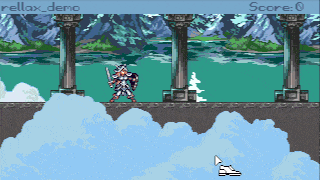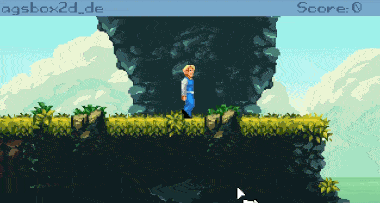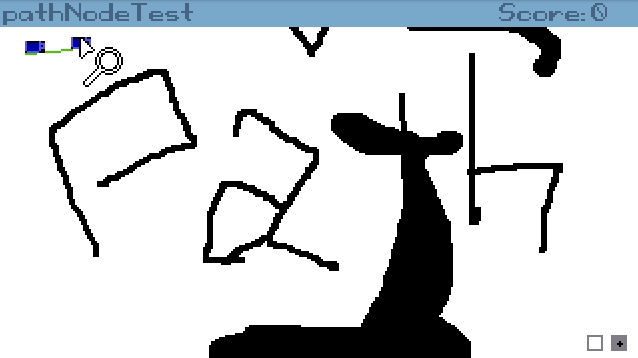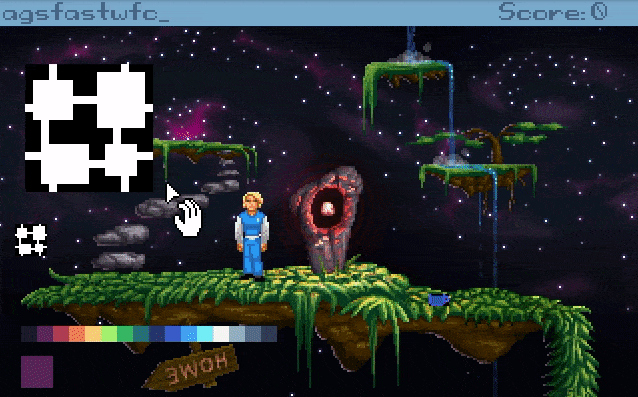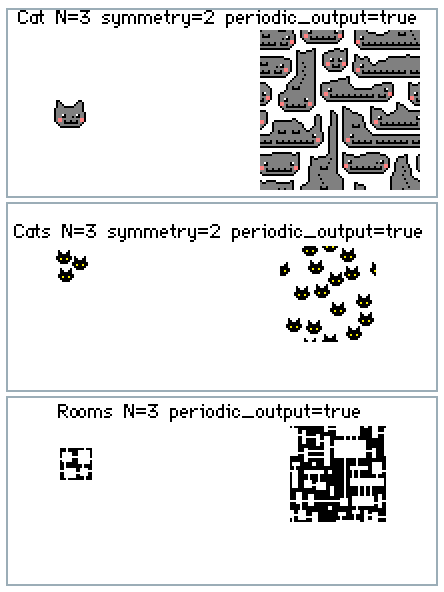I recently read some books on StoryWriting, so I would like to share them and possibly see if there are more that are recommended. If you guys have more recommendations on books for story writing be it for Screenwriting or for Videogames, I would be interested on opinions too!

The Anatomy of Story - John Truby
This is a medium-sized, well-written book, that will give multiple tools to help you layout your story. This is a book that I keep by my side on the computer, so I can consult it when writing a narrative. It does very short, one-sentence analysis of multiple concepts in different movies to help you understand the concept. It's also a great book to give you vocabulary. I thought it was a good compromise between the menacing huge Robert McCree's Story and the short and quick Syd Field's Screenplay. It's a book I finding myself picking up more often than not.
Screenplay - Syd Field
This is a good book, a bit short, and focused on the three-act structure strategy. This book gave me my first experience of reading a script and analyzing it. Overall, I find it is a good book to read at the start, it will call you to action, meaning, to read scripts of movies you like. Those can usually be found on libraries if you look into, but you can also find the pdf online if you search. Reading scripts of movies you have watched and liked is a good exercise to understand how to write your story before executing, but after having it planned.
Notes on Directing - Frank Hauser & Russel Reich
This is a brief book, with very quick tips on both leading a project and executing a story, it's cool how a lot of stuff from directing a play can be translated to directing a game. Even though the text of each note is very short, I don't recommend to read it when starting, read some other books to build vocabulary and understanding of the craft, then pick this up on a slow afternoon for a short read to help you solidify the lessons you have gotten so far.
Creating Character Arcs - K. M. Weiland
This is a good book if you need help writing good characters. It also has a nice audiobook to pair with - most Storywriting books are read by their authors, but not this one, this has an actual professional audiobook reader that makes the experience good! This is a good book to read from start to end. The focus here is the characters since the characters exist in a different time and space than your story is told, you can kind of figure them out more easily, then go to figure out your story using tools from Screenplay and Anatomy of Story, and then come back to this book to figure out how you are going to pick the important bits from the characters arcs. This is a well written, well-organized book, with examples that are well explained.
Writing Vivid Settings - Rayne Hall
This is the only other book on this list that the audiobook is good, so you can pick it up too. This is the guide on how to write Look Ats in Adventure Games. It will give a lot for you to ponder. To me, this book clicked after reading chapter 8. After that, I finished the book, and read it again. If you find yourself drifting trying to understand what is the point, skip to chapter 8, then read chapter 7, and then read the book again. This is a good book, the way it's structured is boring and I also don't think the organization is the best. But the content is solid and I will say this is the one that is very very important when making a game.
Becca Puglisi and Angela Ackerman Writer's Guide Thesaurus collection
I am grouping here six books:
When you are building your story, at some points you are either going to hit blanks or use some placeholders in your characters and in your story that will be hard to be replaced with an actual story relevant things. These are collections of really useful things. These books are to the point, well written, and they all have some initial chapters that help you understand how to use the collection that will follow. They will NOT give you a story from the void, but if you have something and need help filling the voids, these are good. I love the Emotional Wounds Thesaurus - A writer's guide to Psychological Trauma, and exploring the Urban Setting Thesaurus is fun too. My only regret is I got them digital (because I wanted to be able to search their texts) but now I think having them in paper format would be much more fun to browse and that some of they may have found a spot near my PC too to be browsed from time to time.
Psychology for Screenwriters - Wiliam Indick
Part One of this book is based on Freudian psychology. I read it with a fit of anger because the stuff Freud says falls flat to me. Overall even when considering other chapters a lot of the notions described felt dated, as the movies used to exemplify concepts. I didn't like this book overall, the tips are more useful if you are polishing some already existing character and I think there are better books for that. This is money I spent I wish I didn't. Reading this book felt like forever.
Write Your Novel from the Middle - James Scott Bell
The audiobook is terrible, don't get that, get the book and read. Also, the author tries too much to sell you his idea of writing the novel from the middle, in a constant sales pitch that is kinda nonsense since you already committed and bought the book. If you can ignore this, then this is a solid book with good advice to help you start! If you have watched Parasite and played Portal, you know the importance of the midpoint on your story. I liked this book, but I think it could be made shorter and again, not sure about how the book is organized. Still, if you are staring at a blank page, get this book.

The Anatomy of Story - John Truby
This is a medium-sized, well-written book, that will give multiple tools to help you layout your story. This is a book that I keep by my side on the computer, so I can consult it when writing a narrative. It does very short, one-sentence analysis of multiple concepts in different movies to help you understand the concept. It's also a great book to give you vocabulary. I thought it was a good compromise between the menacing huge Robert McCree's Story and the short and quick Syd Field's Screenplay. It's a book I finding myself picking up more often than not.
Screenplay - Syd Field
This is a good book, a bit short, and focused on the three-act structure strategy. This book gave me my first experience of reading a script and analyzing it. Overall, I find it is a good book to read at the start, it will call you to action, meaning, to read scripts of movies you like. Those can usually be found on libraries if you look into, but you can also find the pdf online if you search. Reading scripts of movies you have watched and liked is a good exercise to understand how to write your story before executing, but after having it planned.
Notes on Directing - Frank Hauser & Russel Reich
This is a brief book, with very quick tips on both leading a project and executing a story, it's cool how a lot of stuff from directing a play can be translated to directing a game. Even though the text of each note is very short, I don't recommend to read it when starting, read some other books to build vocabulary and understanding of the craft, then pick this up on a slow afternoon for a short read to help you solidify the lessons you have gotten so far.
Creating Character Arcs - K. M. Weiland
This is a good book if you need help writing good characters. It also has a nice audiobook to pair with - most Storywriting books are read by their authors, but not this one, this has an actual professional audiobook reader that makes the experience good! This is a good book to read from start to end. The focus here is the characters since the characters exist in a different time and space than your story is told, you can kind of figure them out more easily, then go to figure out your story using tools from Screenplay and Anatomy of Story, and then come back to this book to figure out how you are going to pick the important bits from the characters arcs. This is a well written, well-organized book, with examples that are well explained.
Writing Vivid Settings - Rayne Hall
This is the only other book on this list that the audiobook is good, so you can pick it up too. This is the guide on how to write Look Ats in Adventure Games. It will give a lot for you to ponder. To me, this book clicked after reading chapter 8. After that, I finished the book, and read it again. If you find yourself drifting trying to understand what is the point, skip to chapter 8, then read chapter 7, and then read the book again. This is a good book, the way it's structured is boring and I also don't think the organization is the best. But the content is solid and I will say this is the one that is very very important when making a game.
Becca Puglisi and Angela Ackerman Writer's Guide Thesaurus collection
I am grouping here six books:
- The Emotional Wound Thesaurus
- The Urban Setting Thesaurus
- The Rural Setting Thesaurus
- The Positive Trait Thesaurus
- The Negative Trait Thesaurus
- The Emotion Thesaurus
When you are building your story, at some points you are either going to hit blanks or use some placeholders in your characters and in your story that will be hard to be replaced with an actual story relevant things. These are collections of really useful things. These books are to the point, well written, and they all have some initial chapters that help you understand how to use the collection that will follow. They will NOT give you a story from the void, but if you have something and need help filling the voids, these are good. I love the Emotional Wounds Thesaurus - A writer's guide to Psychological Trauma, and exploring the Urban Setting Thesaurus is fun too. My only regret is I got them digital (because I wanted to be able to search their texts) but now I think having them in paper format would be much more fun to browse and that some of they may have found a spot near my PC too to be browsed from time to time.
Psychology for Screenwriters - Wiliam Indick
Part One of this book is based on Freudian psychology. I read it with a fit of anger because the stuff Freud says falls flat to me. Overall even when considering other chapters a lot of the notions described felt dated, as the movies used to exemplify concepts. I didn't like this book overall, the tips are more useful if you are polishing some already existing character and I think there are better books for that. This is money I spent I wish I didn't. Reading this book felt like forever.
Write Your Novel from the Middle - James Scott Bell
The audiobook is terrible, don't get that, get the book and read. Also, the author tries too much to sell you his idea of writing the novel from the middle, in a constant sales pitch that is kinda nonsense since you already committed and bought the book. If you can ignore this, then this is a solid book with good advice to help you start! If you have watched Parasite and played Portal, you know the importance of the midpoint on your story. I liked this book, but I think it could be made shorter and again, not sure about how the book is organized. Still, if you are staring at a blank page, get this book.













